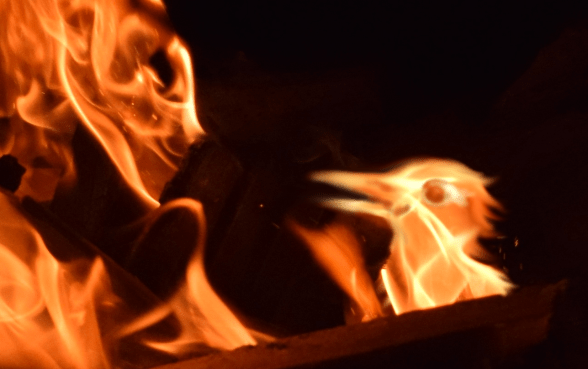When writing a story of any length, you need to get outside input. As writers, we are deeply invested in our work and it’s easy to start believing that everything you created must be gold. In fact, even if you secretly think your work is the worst and should never see the light of day, you still feel like every single word of negative feedback is unfair and hurtful. It’s easy to understand why writers are so afraid to ask anyone to read their story before it’s published, right?
The funny thing is: Writers are the harshest beta readers. You know what you want from a story to make it a delight to read (even though it somehow eludes you with your own work). You know that it should be effortless to read. You know your genre and what the audience expects from it. Even if you don’t necessarily subscribe to the theory of good writing yourself, you expect every other writer to be the utter personification of it.
So, what do I do to balance it out for anthology submissions? I use two beta readers per submission (at least, for the first round) – one academic (a writer or someone who studied literature) and one layman (someone who reads but never studied literature). If both of these beta readers hate the story, then something is obviously wrong. If only the former finds the submission lacking, it means the writer did not apply good writing theory and needs to develop their skills but a total overhaul of the story is probably not necessary. It is highly unusual for the layman to dislike a story if the academic finds it satisfying.
Wait a minute, Natalie, you just used the word “satisfying”. You know that’s a subjective thing, right?
Yes, I realise that. This is why I give all my beta readers, regardless of background, a list of questions they must answer about each of the stories. Some of the questions are simple, for example: “Did you enjoy the story?” Some questions involve story writing terms and concepts that I actually explain in layman’s terms in brackets. This means that my layman gets a little guidance on what to look for and my academic is kept on track (if you give this particular dog a bone, he won’t let it go).
Of course, there’s no way that the beta readers will identify all the problems. There is always that one troll reader who will tell you all about the plot holes and character discrepancies once the book is for sale. And don’t get me started on beta readers being too polite to tell you what they were really thinking. All I know is: I try my best to help my writers craft a better story.
That’s all for today. I’ll post about helpful beta reading another time.

[…] you have been following my most recent posts (about Phoenix Fire, blurbs, beta reading and feedback), you are well aware that I am now dealing with writers who have received feedback […]
LikeLike